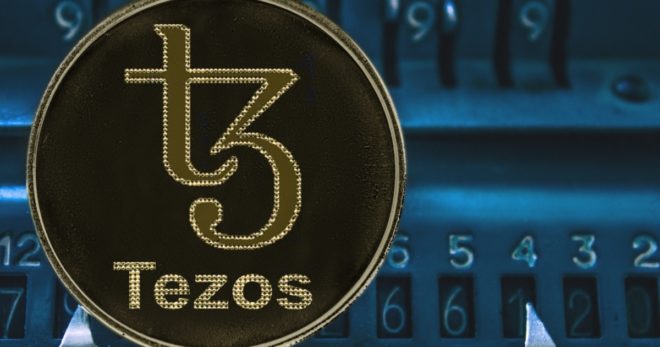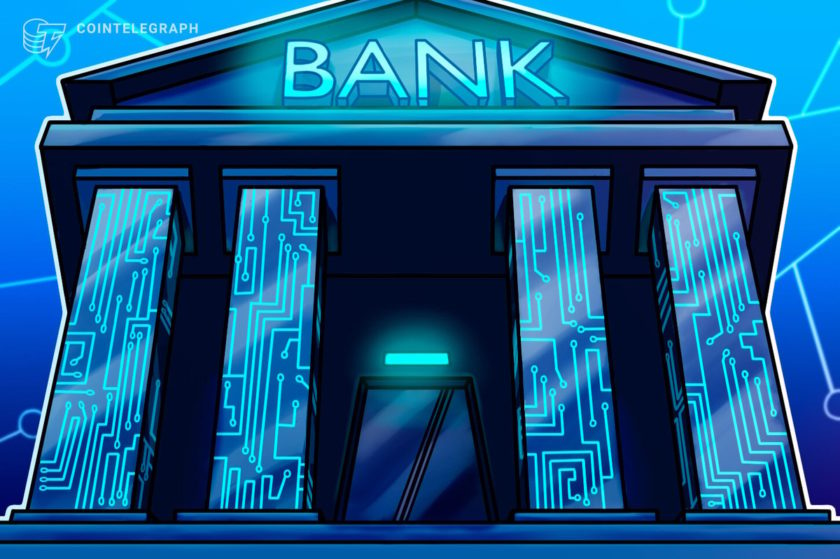The next generation of blockchain technology has arrived with the introduction of Tezos X, according to Tezos Spotlight. Developed by Nomadic Labs, Trilitech, and Functori, Tezos X promises a scalable, modular, and cloud-integrated backend for a wide range of applications.
From Monolithic to Modular
Initially, Tezos operated as a monolithic blockchain, where each node replicated all network activities. While effective in maintaining decentralization, this model posed significant scalability challenges. As network activity increased, so did the requirements for computing power and bandwidth, risking centralization. To address these challenges, Tezos has evolved into a modular design. This new approach keeps consensus and governance on layer 1, while other activities are offloaded to specialized modules. This evolution aims to enhance performance without compromising security or decentralization.
Boosting Performance with Smart Rollups
Tezos X leverages Smart Rollups, a technology designed to scale the network by executing transactions on dedicated second layers, while consensus and settlement remain on layer 1. In July 2023, developers demonstrated the network’s capability to handle 1 million transactions per second using Smart Rollups and Data Availability Committees (DACs). The recent addition of a Data-Availability Layer (DAL) further enhances the network’s ability to manage large volumes of data in a decentralized manner.
Enhancing Composability
Tezos X also aims to improve composability, allowing applications to interact seamlessly. The vision includes a single canonical rollup to handle most network activities, ensuring complete composability. This rollup will support multiple execution environments, enabling smart contracts written in different programming languages to interact within the same transaction.
Interoperability and Developer Experience
Interoperability is another key focus of Tezos X. The network aims to support mainstream programming languages, making it accessible to a broader range of developers. Ongoing projects include Etherlink, an EVM-compatible Smart Rollup, and Michelson rollup, which supports existing smart contract languages on Tezos. Future plans include adding support for JavaScript, Python, and other popular languages, enhancing the developer experience with better SDKs, APIs, and tools.
Key Developments and Future Plans
Several key developments are on the horizon for Tezos X:
- Canonical Rollup (Expected 2026): A single rollup to handle most network activities, supporting multiple execution environments.
- New Runtime (Expected 2025): Exploration of RISC-V as a runtime for improved scalability and efficiency.
- Further Scaling (Expected 2025): Targeting one million transactions per second in a single rollup.
- Improved Developer Experience: Ongoing efforts to deliver better SDKs, APIs, and tools.
Welcome to Tezos X
Tezos X represents a significant evolution from the original Tezos design. By transitioning to a modular architecture, Tezos aims to offer a scalable, cloud-like backend for a wide range of applications. This new approach promises to maintain decentralization while significantly enhancing performance and utility.
Image source: Shutterstock



